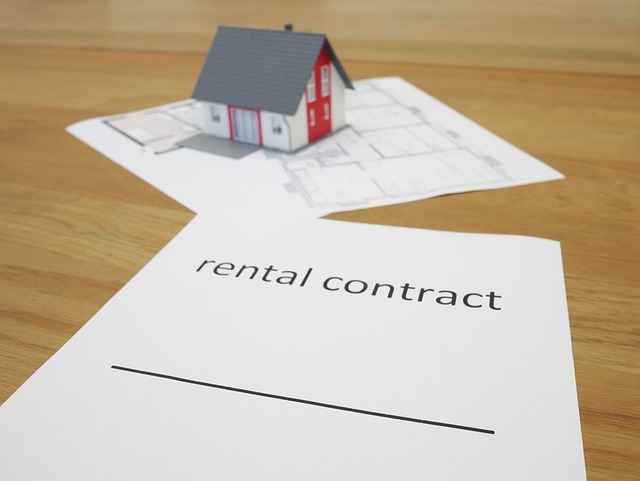Modern Prefab Homes: Your Guide to Efficient Living
Discover how prefabricated homes are revolutionizing residential construction. From faster build times to enhanced energy efficiency, learn why modular living is gaining popularity among homebuyers. This comprehensive guide covers everything from design options to financing, helping you navigate the world of prefab homes with confidence.

The Rise of Prefabricated Homes: A New Era in Residential Construction
Understanding Prefab: More Than Just a Buzzword
Prefabricated homes, often simply called ‘prefab,’ represent a significant shift in how we approach residential construction. But what exactly does prefab mean? At its core, prefabrication involves manufacturing home components in a controlled factory setting before transporting them to the building site for assembly.
Types of Prefab Homes
-
Modular Homes: These are built as complete sections (modules) in a factory, then transported and assembled on-site. They adhere to local building codes and are often indistinguishable from traditional homes once completed.
-
Panelized Homes: Wall panels and roof trusses are constructed off-site, then shipped for on-site assembly. This method offers flexibility in design while speeding up the building process.
-
Manufactured Homes: Built to federal HUD standards, these homes are transported on a permanent chassis. They can be placed on leased or owned land but may have different zoning and financing requirements.
-
Kit Homes: Pre-cut materials are shipped with assembly instructions, offering a DIY option for those willing to manage more of the construction process.
The Benefits of Going Prefab
Speed and Efficiency
One of the most significant advantages of prefab homes is the reduced construction time. While site preparation and foundation work proceed, modules or panels are simultaneously being built in the factory. This parallel process can cut total build time by weeks or even months.
Quality Control
Factory construction allows for precise measurements and controlled conditions, often resulting in tighter tolerances and better overall quality. This controlled environment also minimizes weather-related delays and material damage.
Eco-Friendly Construction
Prefab methods typically generate less waste than traditional on-site construction. Many manufacturers also prioritize sustainable materials and energy-efficient designs, contributing to a smaller environmental footprint.
Cost Predictability
With much of the work completed in a controlled setting, prefab construction often comes with fewer unexpected costs and change orders, making budgeting more predictable.
Designing Your Prefab Dream Home
Customization Options
Contrary to popular belief, prefab homes offer extensive customization options. From floor plans to finishes, buyers can tailor their homes to suit their needs and tastes. Many manufacturers offer:
- A range of pre-designed floor plans as starting points
- Options to modify existing designs or create custom layouts
- Choices in exterior and interior finishes, cabinetry, and fixtures
Energy Efficiency and Smart Home Integration
Modern prefab homes often excel in energy efficiency due to their precise construction methods. Features may include:
- High-performance insulation and air sealing
- Energy-efficient windows and doors
- Pre-wiring for solar panels and smart home systems
- Advanced HVAC systems for optimal climate control
The Prefab Construction Process
-
Planning and Design: Choose your home design and customize it to your preferences.
-
Permitting: Submit plans for local approval, just as with traditional construction.
-
Site Preparation: While your home is being built in the factory, your site is prepared with foundation and utilities.
-
Manufacturing: Your home components are constructed in a controlled factory environment.
-
Transportation and Assembly: Modules or panels are shipped to your site and assembled by a professional team.
-
Finishing Touches: Final connections, exterior work, and interior finishes are completed on-site.
-
Inspections and Move-In: After passing all required inspections, your new home is ready for occupancy.
Financial Considerations
Financing Options
Financing a prefab home is similar to traditional construction in many cases, especially for modular homes. Options may include:
- Construction-to-permanent loans
- Traditional mortgages (for completed homes)
- Specialized manufactured home loans
It’s crucial to discuss your specific prefab project with lenders to understand the best options for your situation.
Insurance and Warranties
Insurance for most prefab homes aligns with traditional home insurance once the home is completed. During construction and transport, coverage is typically provided by the manufacturer or builder.
Warranties often come in layers: - Structural warranty from the manufacturer - Systems and appliance warranties from component manufacturers - Workmanship warranty from your general contractor
Always request and review warranty documents before finalizing your purchase.
Choosing the Right Team
Selecting experienced professionals is crucial for a successful prefab project. Your team should include:
- A reputable prefab home manufacturer
- A general contractor experienced in prefab assembly
- An architect or designer (if custom designs are needed)
- Local subcontractors for site work and finishing
Research potential partners thoroughly, checking references and past projects. Clear communication and defined responsibilities among all parties will help ensure a smooth building process.
Looking to the Future
As technology advances and sustainability becomes increasingly important, prefab homes are likely to play a growing role in residential construction. Their ability to combine efficiency, quality, and customization makes them an attractive option for a wide range of homebuyers.
Whether you’re a first-time homebuyer, looking to downsize, or interested in a more sustainable living option, prefabricated homes offer a compelling alternative to traditional construction. By understanding the process, benefits, and considerations outlined in this guide, you’re well-equipped to explore whether a prefab home is the right choice for your future.
Remember, the key to a successful prefab home project lies in thorough research, careful planning, and partnering with experienced professionals. With the right approach, your prefab home can offer the perfect blend of efficiency, quality, and personalized design to meet your living needs for years to come.






